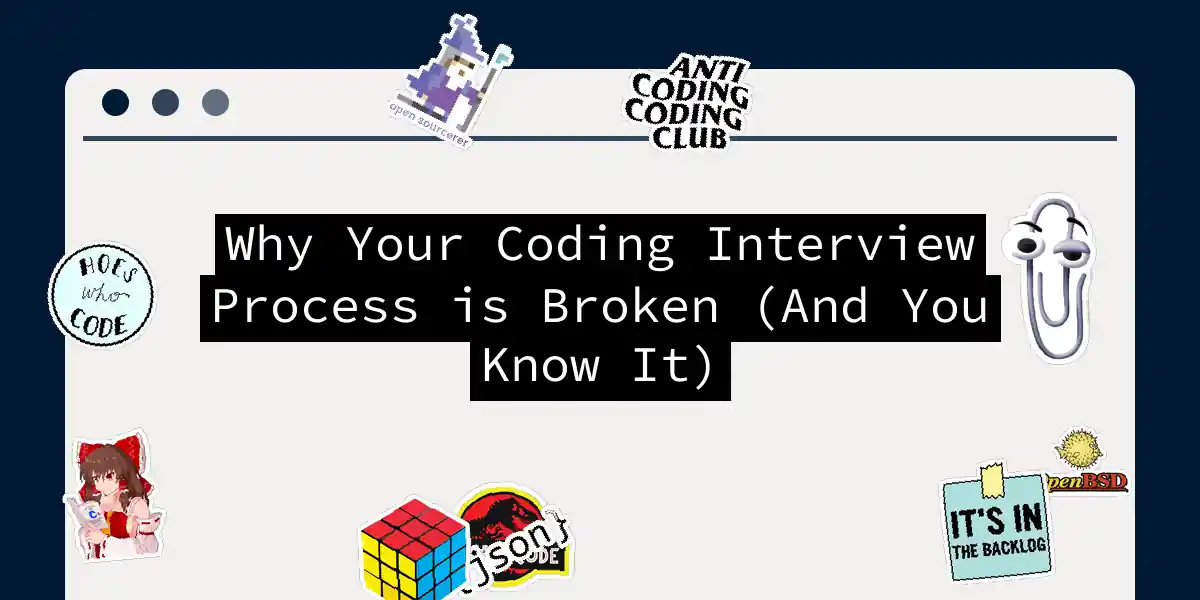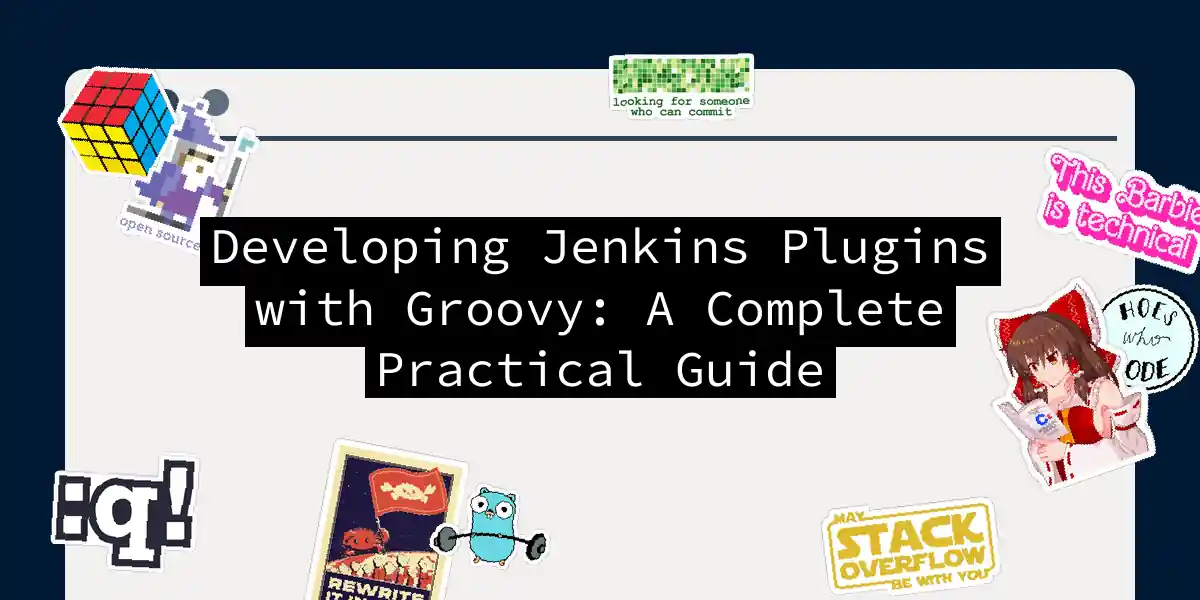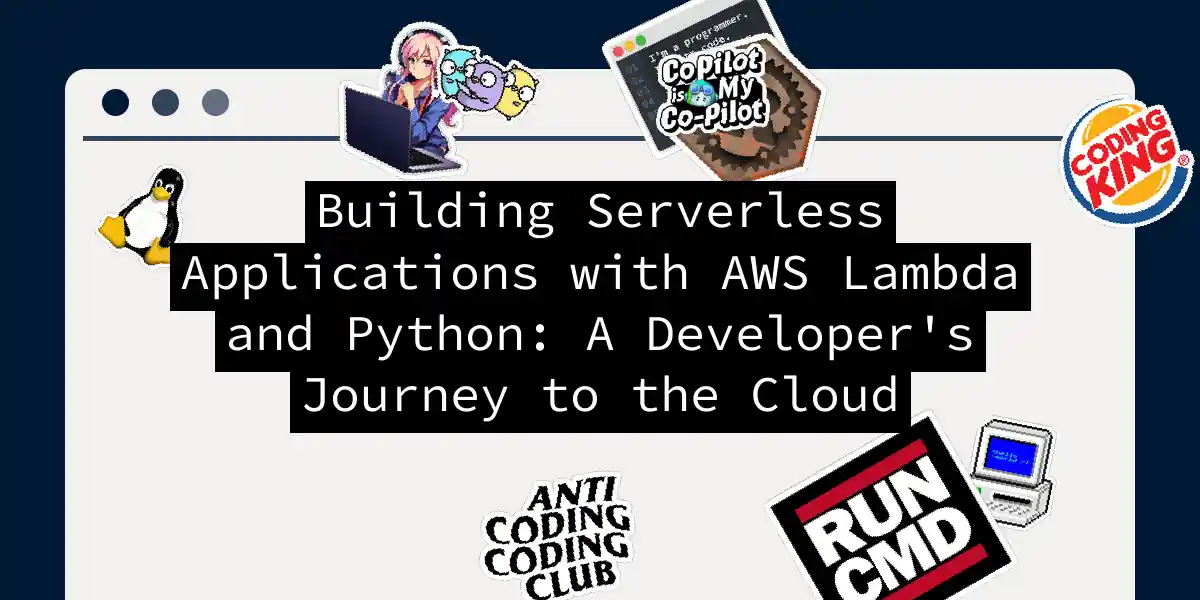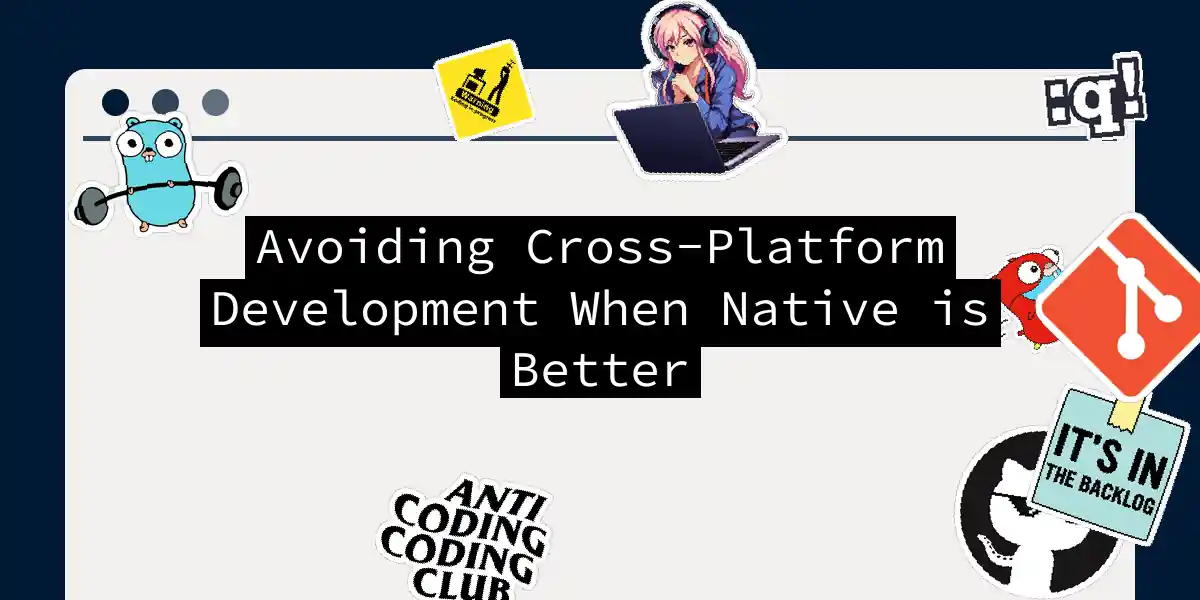
Why Your Coding Interview Process is Broken (And You Know It)
Let me tell you about the last time I implemented a binary search tree from scratch at work. It was never. The time before that? Also never. The time I had to reverse a linked list in production? You guessed it—never happened, and if it did, I’d probably be fired for not using the standard library. Yet here we are in 2025, still asking candidates to perform algorithmic gymnastics that have about as much relevance to their daily work as a medieval jousting tournament has to modern transportation....



